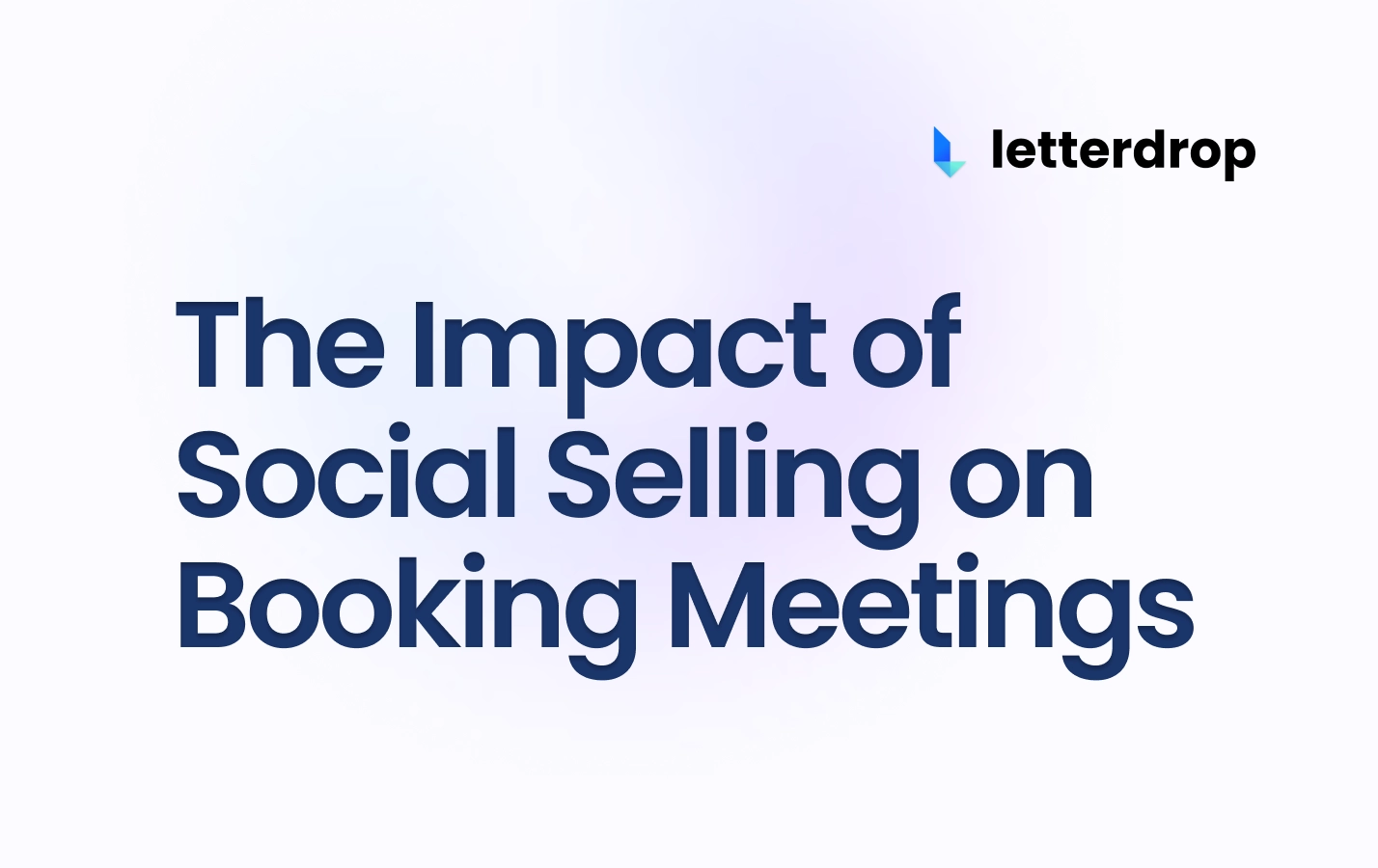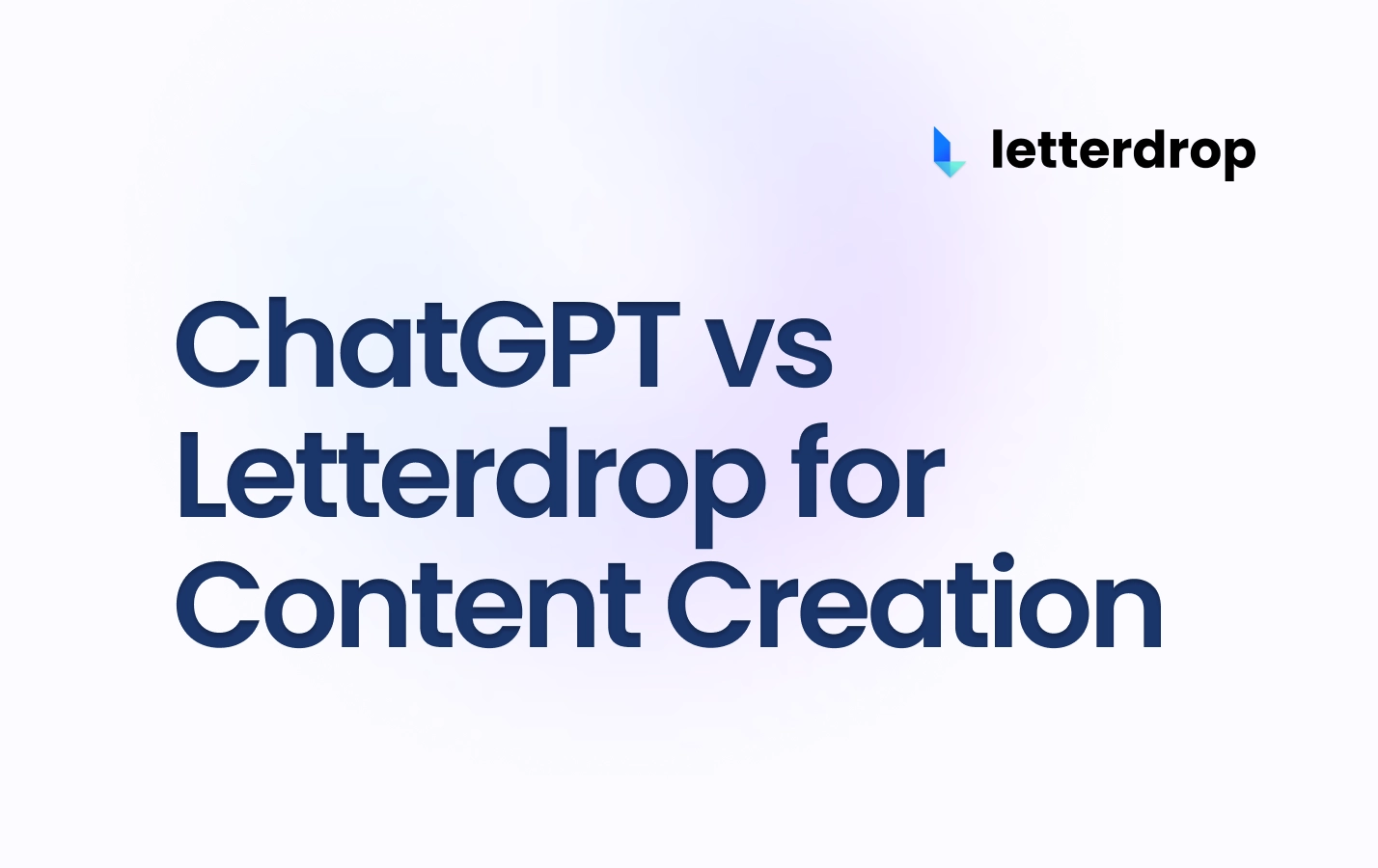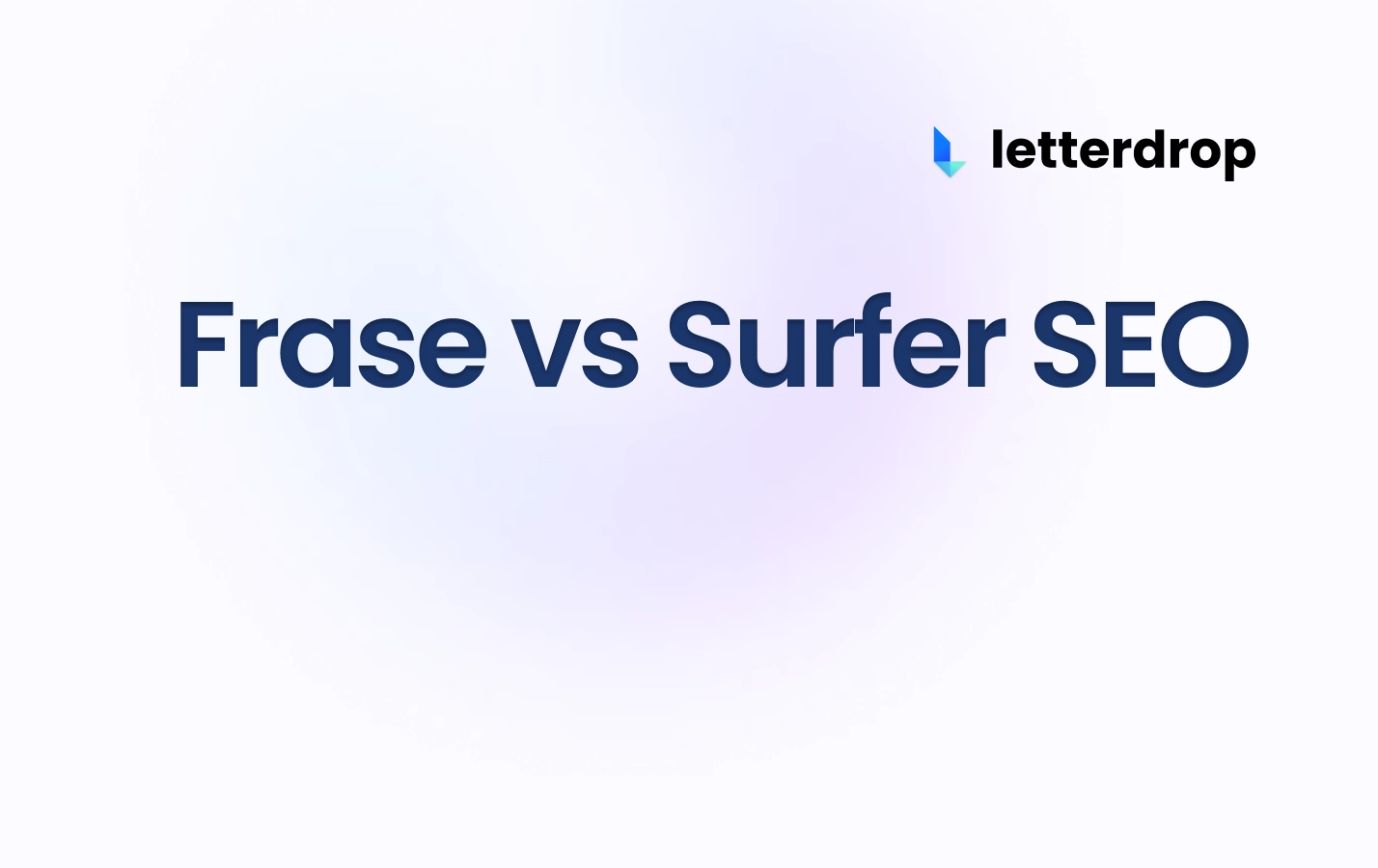Is More Always Better? Backlink Quality vs. Quantity
One way to improve your SEO and get your article on the front page of a Google search is to get more and better backlinks to it. But if you had to pick one strategy, is backlink quality or backlink quantity what you want?
Quality vs. quantity of backlinks isn't an easy question to answer. Google isn't exactly forthcoming on exactly how its search algorithm assesses backlinks, so we rely on third-party tools that are empirically derived to reflect how we think Google is looking at search queries.
If that sounds complicated, it is. You want to acquire links, but you also want valuable links. Let's unpack this so you can form actionable SEO strategies using backlinks.
What Is a Backlink, and Why Does It Matter to Search Engines?
You're pouring resources into creating content. As part of a content marketing strategy, you've been focusing on content quality and created a comprehensive page on your site about an amazing topic that matters. Inspired by the tips you've shared, another website hyperlinks your content to get those rich insights or research-based statistics. These links pointing at your own website from other sites are called backlinks (or sometimes "inbound links"). Here's an illustration:
Backlinks are one of the top three factors of your search engine ranking. While we don't know the specifics of Google's algorithm, we do know that Google uses backlink data to rank your website on the Search Engine Results Page (SERP).
Google's algorithm is effectively a black box, but it produces an output that can be (and has been) tested.
Moz developed a research-based system to study backlinks and their effect on your SEO rankings. Others, like Backlinko, Semrush, and ahrefs have done their own research to rate domain authority, page authority, and relevance. So, while Google's search algorithm may be hidden from view, several independent studies have established reasonable conjectures that predict its outcomes.
Link Relevancy
Link relevancy is a measure of whether a backlinking site is relevant to your website content. For example, if your site is a bookseller, a backlink from a book review site would be highly relevant, while a backlink from a site that offered tires for sale would be less relevant. Google is interested in building context regarding link relevancy.
When you link to another page, you give some of your equity to it. Google analyzes the content on your linked page to see if it's relevant to the content of your page to help determine if link equity will be passed along.
Link Equity
Once Google determines that a link is relevant, it grants some link equity (or "link juice") to the linked site. That link equity is divided by the number of links a page has: If a page has 1 link to another site, it grants 100% equity; 2 links to different sites will grant 50% to each, etc.
The granting of link equity improves your site's reputation, but there's an important limiting factor: link equity won't come from nofollow links. This matters when you get backlinks from social accounts like Twitter. Social accounts have the nofollow HTML tag. While many social media sites (like Facebook) score highly on Moz's domain authority metric, you're not getting any link equity from their backlinks.
That's not as bad as it sounds since your social channels can still drive traffic to your site. You won't improve your SERP ranking from social media backlinks, but they're still valuable.
Domain Authority
Domain authority (DA) is a metric developed by Moz to predict how well a page will perform on a Google search, represented by a 1–100 scale. Others, like Semrush and ahrefs followed suit with their own metrics and tools (domain rank and rating).
The higher your site's domain authority, the more likely you'll land on the first page of a relevant Google search. However, it's not necessary to score 100 or even close to it. The important factor is having a high DA for a particular keyword.
Domain authority (sometimes called "site authority") is a comparative metric predicting SERP, not an absolute one. A DA of 60 can have excellent SERP results for many keywords.
Page Authority
Like domain authority, page authority was developed by Moz. Instead of rating the SERP effectiveness of an entire domain, page authority looks at a single page. It's useful for measuring the visibility of some of your pages against other pages of your content. Page authority lets you see why something might be landing when something else isn't.
Like domain authority, page authority is a comparative metric that uses machine learning to predict Google's SERP algorithm.
Quality vs. quantity of backlinks
Domain authority, page authority, and link relevancy are all factors in how much link equity is passed to a site via a backlink. This, in turn, forms a predictive model of how a site or page will rank on Google's SERP.
Google introduced the PageRank algorithm back in 1998. It ranked sites by the number of backlinks pointing at them and through a complex formula that accounted for the quality of those backlinks.
In 2000, Google introduced the PageRank Toolbar, which guided SEO for nearly 15 years; (it was last updated in 2014 and has since become deprecated). Using this tool, you could see the impact of changes you'd make to your site in near real-time. But this look into the inner workings of Google's SERP algorithm had its limitations, particularly in its simple logarithmic representation of various complex factors that determined SERP.
For example, at the time of the PageRank Toolbar's ascendency, it was easy to see the impact that a greater quantity of backlinks had on your PageRank score. This was straightforward: more links = better ranking (usually). However, it was not possible to infer several quality metrics that Google's algorithm was looking at, like the proximity of seed pages.
While the backend representation of seed-page proximity was known, the details were not and had to be inferred.
The idea for domain authority came out of Jon Kleinberg's work in 1999 to resolve this tension. Still, Google doesn't use domain authority, a derivative representation (and in its nascent days, late in the last century, it hadn't been thoroughly researched or developed yet).
What this meant for early SEO optimization is that it was easier to move the needle of your PageRank Toolbar score by adding more links. Quantity seemed to be the thing to do. People like it when they feel like they're in control.
Want to move your SEO needle in 2003? Get more backlinks.
Fast-forward to 2023: The thinking on this has changed. Link quantity-dependent ranking is no longer the only apparent tool in the SEO toolbox. Domain authority tools from Moz, Semrush, and ahrefs now allow SEO managers to predict the effects of high-domain authority backlinks on SERP results.
There's more than one way to move your SEO needle. With these third-party tools, we now have more control over understanding backlink quality, which means we can be more sure of testing hypotheses on how to improve the SERP of our pages.
Characteristics of high-quality backlinks
A high-quality backlink is a relevant follow link from a high domain authority site that passes a substantial fraction of its link equity to your site. If backlinks are "votes," a high-quality backlink votes with more weight than a lesser quality backlink.
So what classifies backlinks as high-quality links?
- Domain Authority Higher is better, as long as it's a follow link
- Relevancy Context matters, but some high authority sites (e.g., The New York Times) are relatively immune to relevancy concerns because they cast a wide net of interest
- Location Higher up the page is better; In-text links are better
- Diversity Google uses this to spot when backlinks are being manipulated. If you're following best practices, your diversity profile will be within norms and nothing to worry about
- Anchor Text Helps guide Google on what a page is about, so it may pass more value
Spammy backlinks aren't helping you
While it's good for your website to get more backlinks, spammy backlinks aren't what you want.
Spammy websites have irrelevant or inferior content. They generate low-quality backlinks called toxic backlinks.
A backlink analysis tool helps you detect spam links. It sorts the websites using DR (Domain Rating) metric from the lowest to the highest. You can investigate each suspicious link to determine which ones are spam sites. You want to avoid such websites.
A low DR may not be a spam site since a new website might also have a low DR. There can be great sites with low DR. Investigate the data that backlink analysis tools give you to decide whether to disavow a link.
It's important to note that Google penalizes toxic backlinks.
Conclusion: Link-Building Strategies
Link quality matters. A high quantity of high-quality backlinks is the best outcome for improving the SEO of your site.
More links can help your SEO rankings, as long as they're not spammy. But generating high-quality backlinks gives you the most value per link and should be a part of your link-building strategy. Use tools like those developed by Moz, Semrush, ahrefs, or even Letterdrop to assess the domain authority and relevancy of sites you want to pursue backlinks from. Disavow spammy links, and look for the highest quality backlinks you can get to improve your SERP.
Subscribe to newsletter
No-BS growth strategies and content marketing tactics in your inbox twice a month.
Related Reading
Some other posts you might find helpful





















